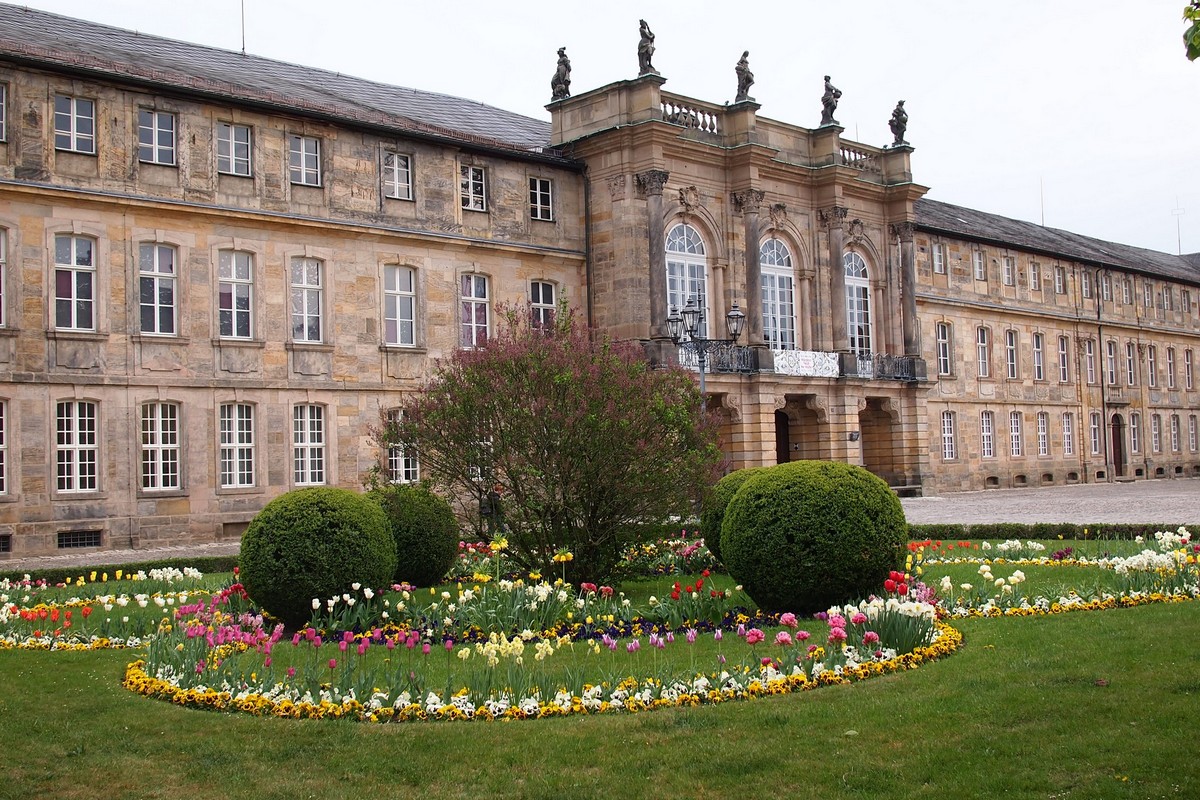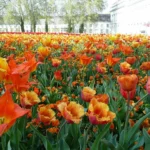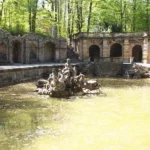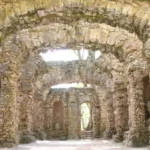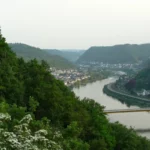Last Updated on 14/05/2023
One woman changed the fate of this city, transforming it from a village to a cultural gem. And now we can enjoy beautiful parks, Bayreuth Opera and palaces.
part 2 about the Hermitage,
part 3 about the rocky garden
and part 4 about Franconian Switzerland and in particular about Pottenstein.
Franconian Switzerland and Upper Palatinate. Map of attraction
Nuremberg old town
A little of history
Bayreuth has been a deep province for most of its existence. Its very appearance in written sources refers only to the 12th century. Several times he fell into complete decline: either because of the raid of the Hussites, then because of fires, then because of the plague. It was only in the 18th century that it suddenly blossomed with the appearance of Wilhemina of Prussia, the beloved sister of Frederick the Great, who, for political reasons, was married to the Bayreuth Margrave Frederick III of Brandenburg-Bayreuth.
Wilhemina was a very talanted and educated woman. Having found herself, after the active life of Berlin, in a real village with 5 thousand inhabitants, she began to change her habitat for herself: to build palaces, lay out parks, open a university, attract people of art. The pinnacle of her work was the construction of an opera to celebrate her daughter’s marriage to the King of Württemberg.
In the 19th century, the city again fell into the state of a quiet province – before Wagner moved there. Wagner built another opera house for his operas. Fans of the composer can also visit the villa where he lived and his grave.
The life of the Margrave cannot be called happy, but she left behind a rather large heritage.
In Bayreuth itself, there are two palaces and a UNESCO-listed opera. In the nearest suburb there is the Hermitage palace and park complex.
Аround town
The historic center is very compact. One long shopping street, a palace and a park with it, a Gothic cathedral, an opera – all this can be walked around in an hour and a half if you do not visit anything. In addition to the palace and the opera, you can visit the Wagner Museum and a small paleontological museum.
You can get confused in the names. In the city itself there are two palaces – the Old (burned down) and the New (without a tour, but a small Italian palace with a tour). And in the Eremitage (behind the autobahn) there are two palaces – the Old one (with a guided tour) and the New one (without interiors, died in the war).
In the town of Donndorf – the Fantasy Palace. In Sanspareil there is a rock park.
Bayreuth Opera
The opera was built to celebrate the wedding of Wilhemina’s only daughter and the Württemberg king. On the one hand, Wilhemina wanted something amazing and corresponding to her ideas about beauty. On the other hand, the Margrave could not afford something very expensive. In addition, the time was limited. The wedding could not wait a couple of decades before the construction was completed. Therefore, the format of a small opera was chosen, where only the facade is fundamentally stone (and was completed after the wedding). And everything else is a quickly assembled half-timbered building.
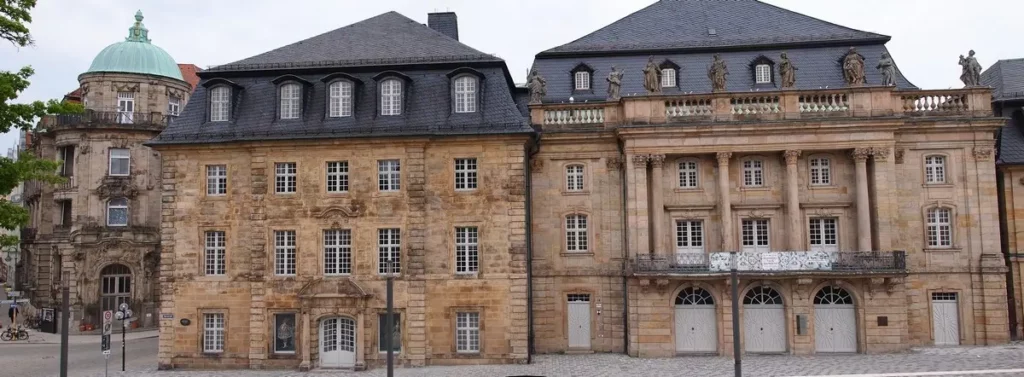
The opera was built by the famous Italian architect Bibiena and his son. Peculiarity of the construction was that all parts were created separately, and then assembled, like a puzzle, in blocks, which greatly accelerated the process. The entire building and decorations are made of wood. But thanks to the skill of the artists and carvers, it doesn’t feel right. A separate masterpiece is a wooden roof made by a local carpenter, which has the largest possible dimensions for wooden structures of this kind.
Wilhemina enjoyed her theater for just ten years before her death. And after the death of the count, five years later, the theater was not used at all. Аbandonment continued until the post-war period. And although this worsened the condition of the wooden structures, it saved the theater from fires and modernizations. Therefore, in 2012, as one of the few surviving theaters of that era, it was included in the UNESCO list. And was immediately closed for restoration.
The restoration took four times longer than expected. And the cost rose from a couple of million to 30 million. The original paints were opened. They turned out to be blue and green instead of brown. A climate system and an advanced fire extinguishing system were built in. The stage was modernized.
Now the theater shows performances during the summer months, when there is no such difference between the outside and inside temperatures (to avoid condensation). Ticket prices range from 20 euros to hundreds of thousands, depending on the performance.
In the center of the hall there is a loge of margraves. But it was practically not used, mainly only for a wedding to represent the newlyweds. The decorations in the hall contain various heraldic allusions to the high birth of Wilhemina. Spectators in three levels were distributed according to their social status.
The ceiling with Apollo and nine muses was also made separately, and then it was raised and attached.
All decorations and ornamentation are made of wood and painted – like marble or velvet. Luxurious old theaters can be found elsewhere. But this one makes a very special impression when you realize that everything, down to the fringe, is made of wood.
Theater tours are held every 45 minutes. The last one is at 17.15. Subject to change due to views (check times). The tour consists of an introductory film and a guide’s story. You can (at least could) take pictures without a flash, so the photos are not very high quality. I won’t upload my photos because it’s indoors and in Germany you never know when you broke the next rules.
City center
We leave the opera and see what else is interesting.
Large fountain in front of the opera (not worked).
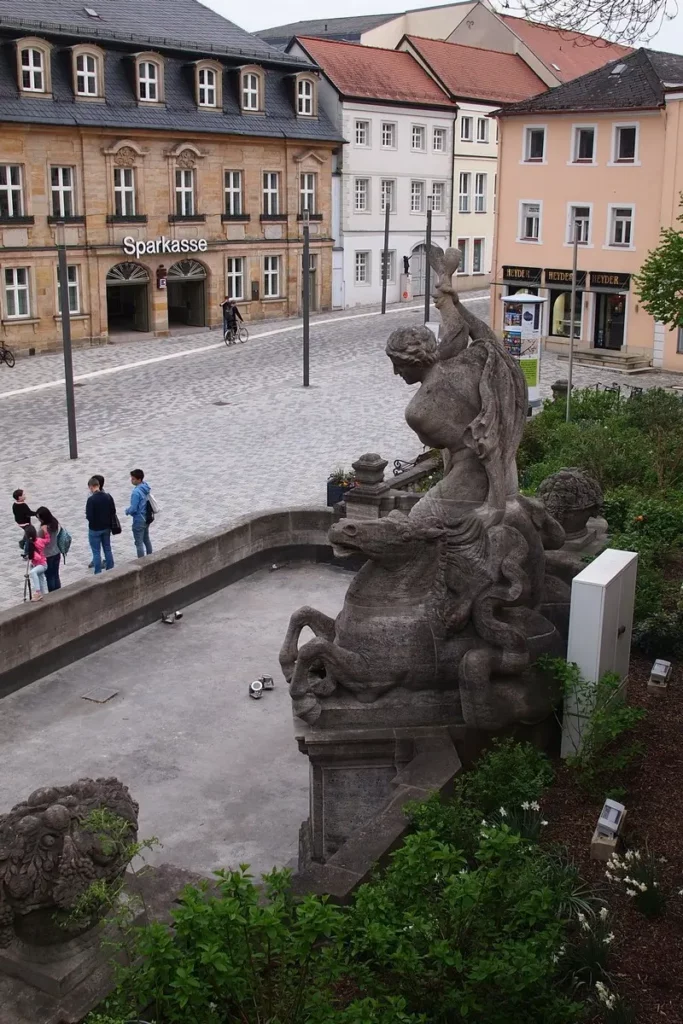
Palace
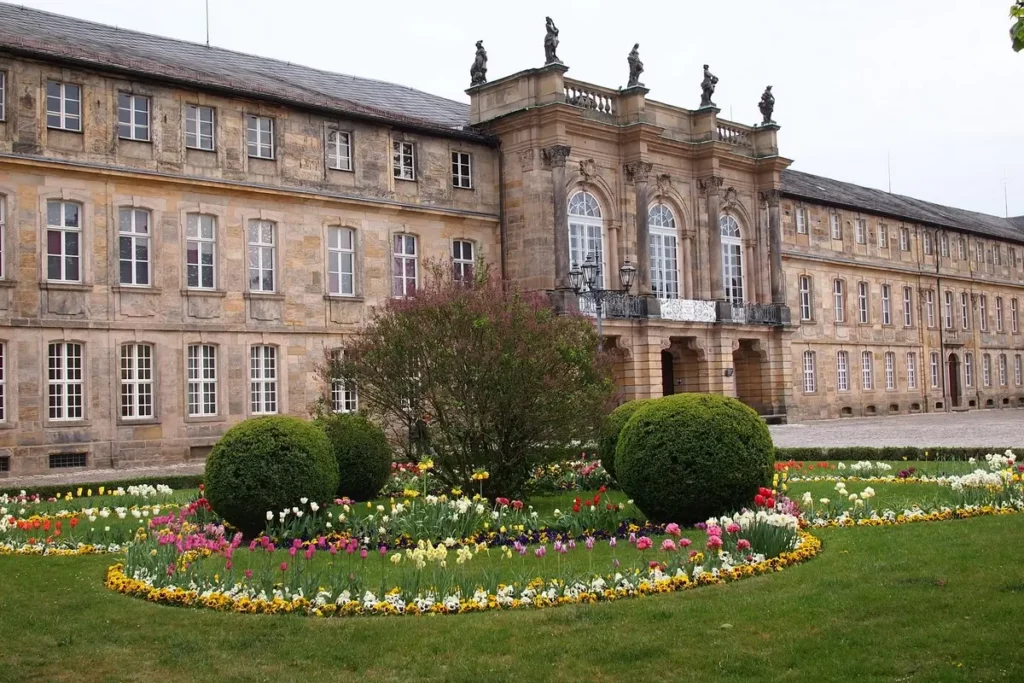
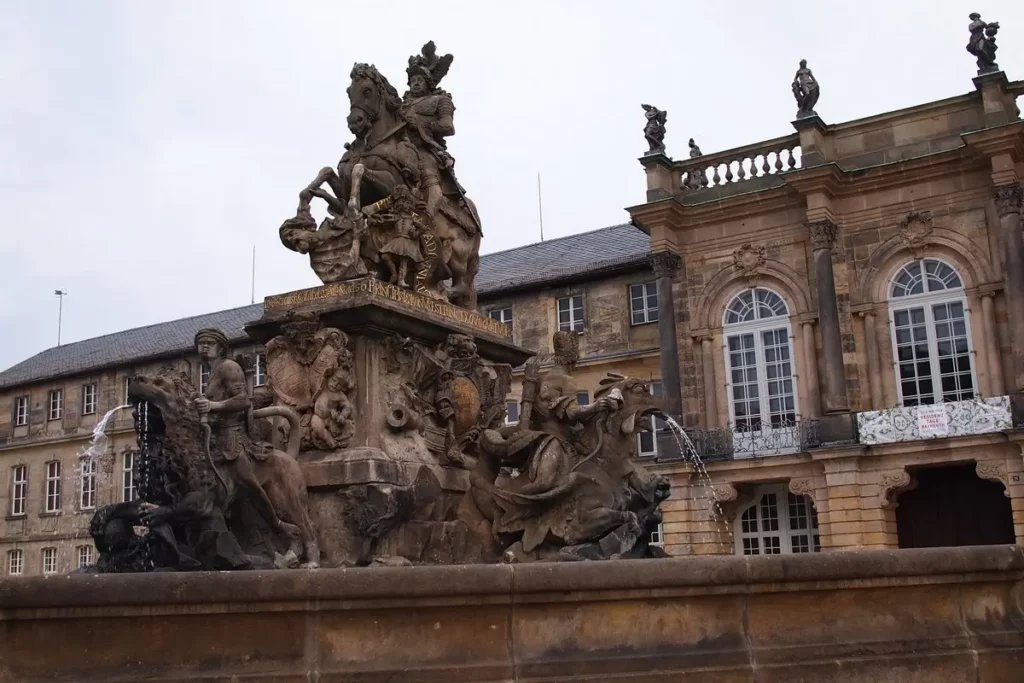
The park at the palace is simple but pleasant.
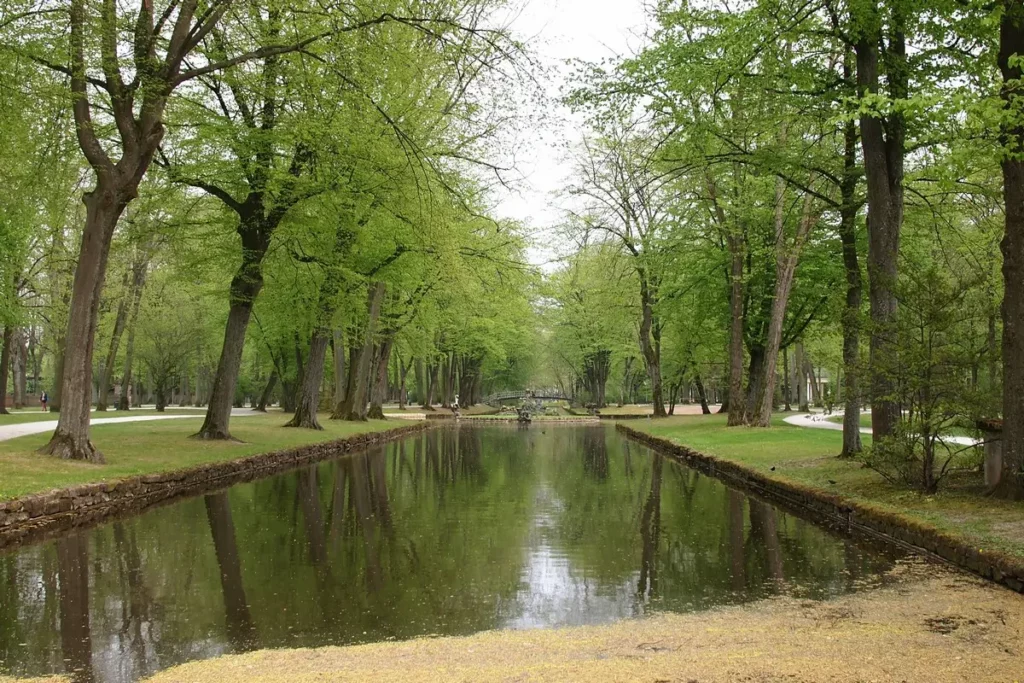
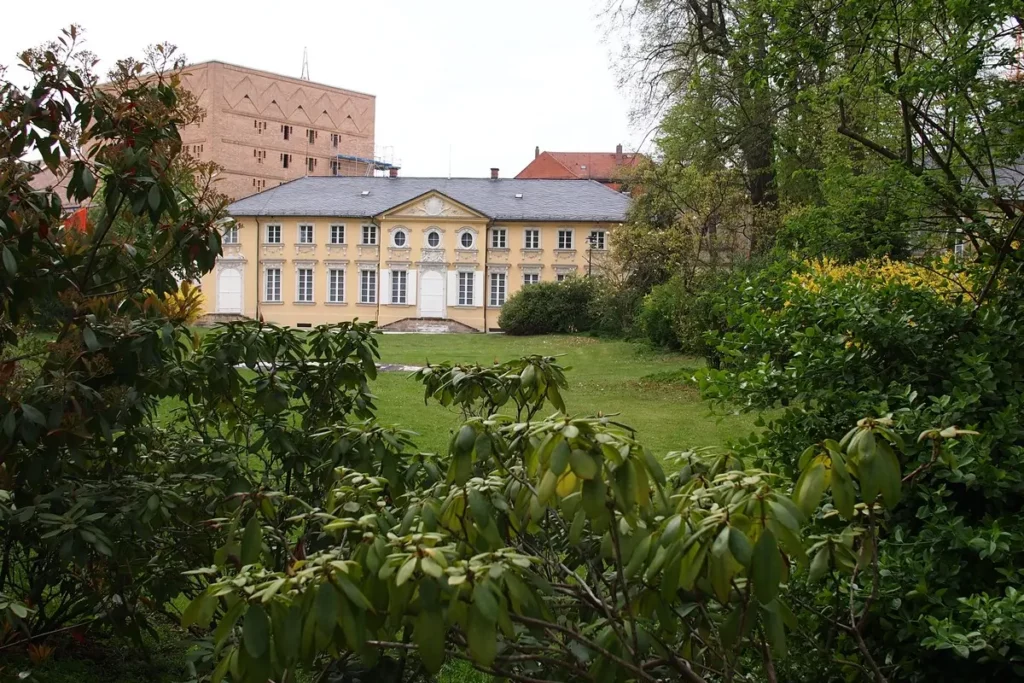

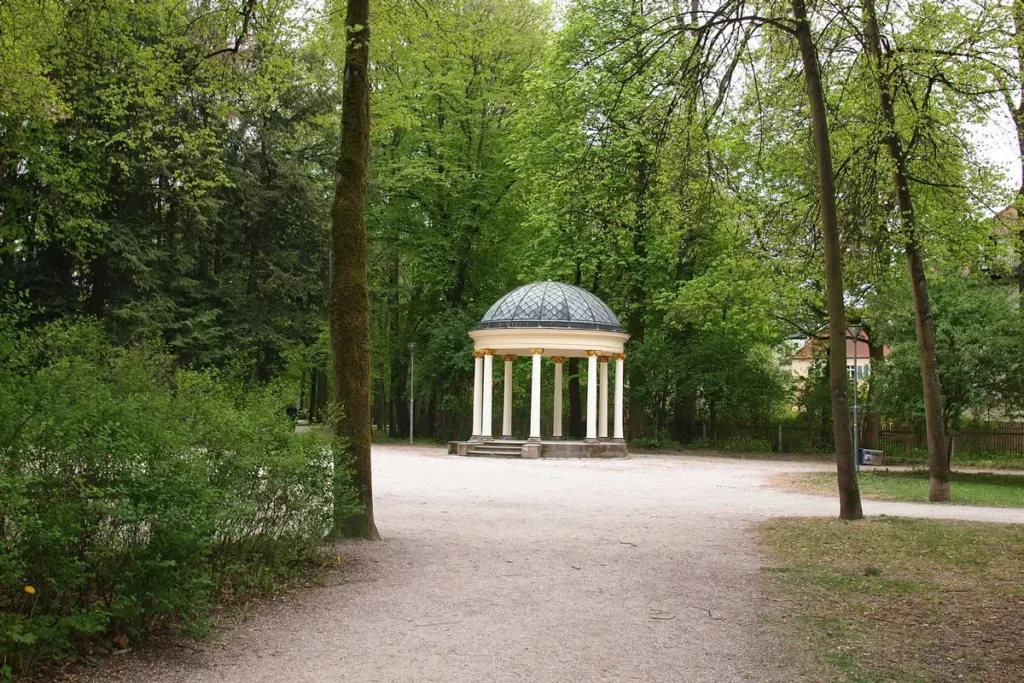
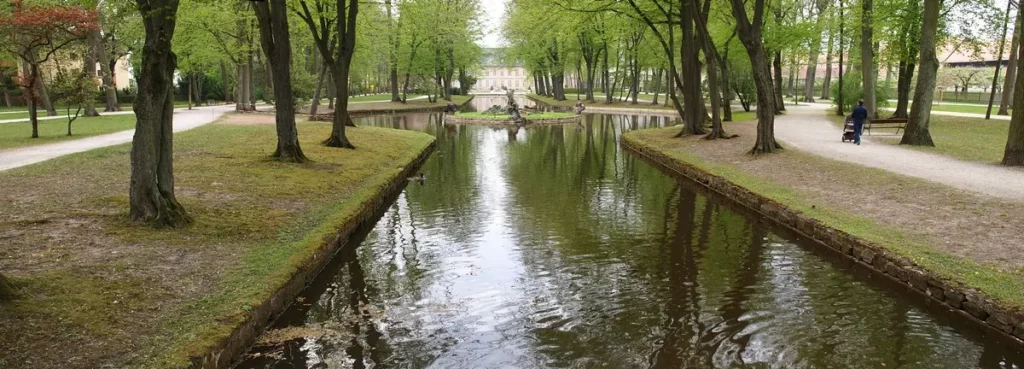
The villa where Wagner lived is now a museum. Wagner’s grave is somewhere in the park here.

City church from the 14th century.
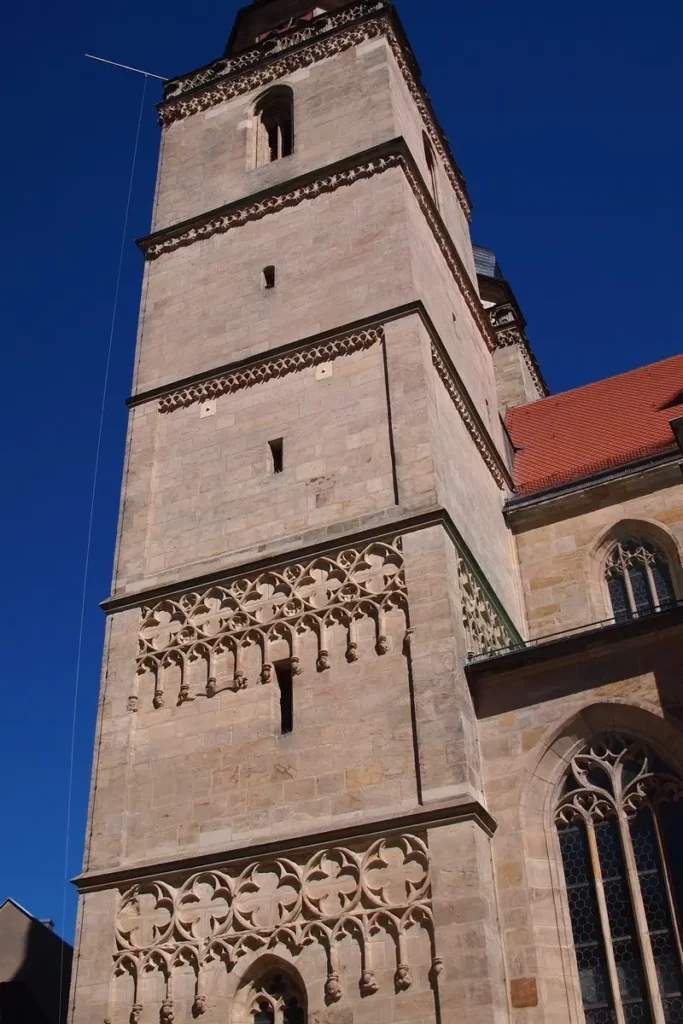
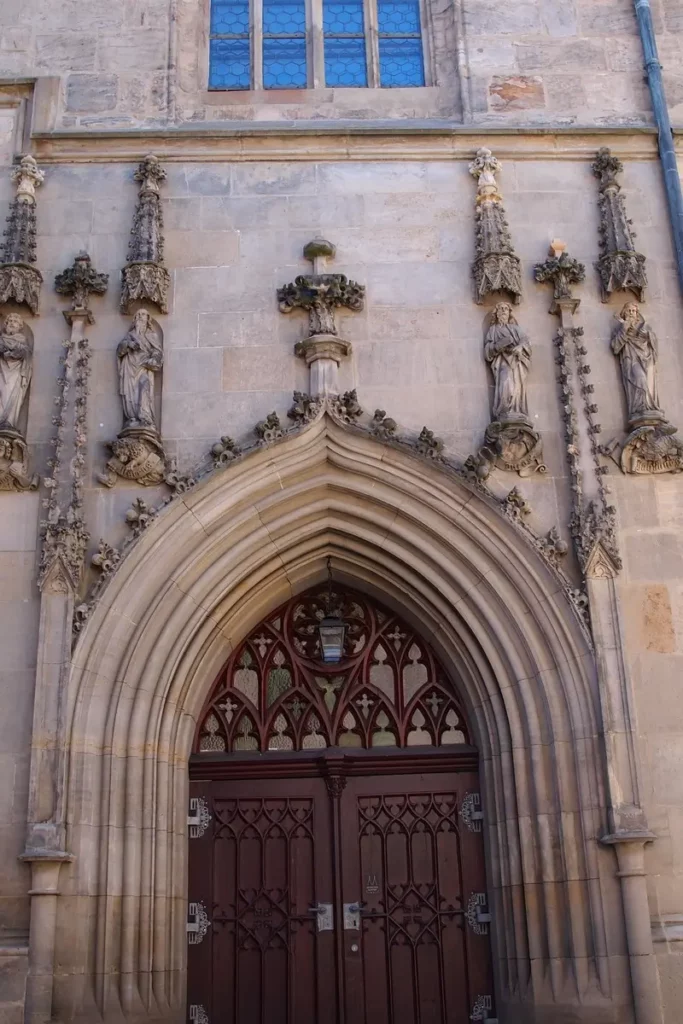
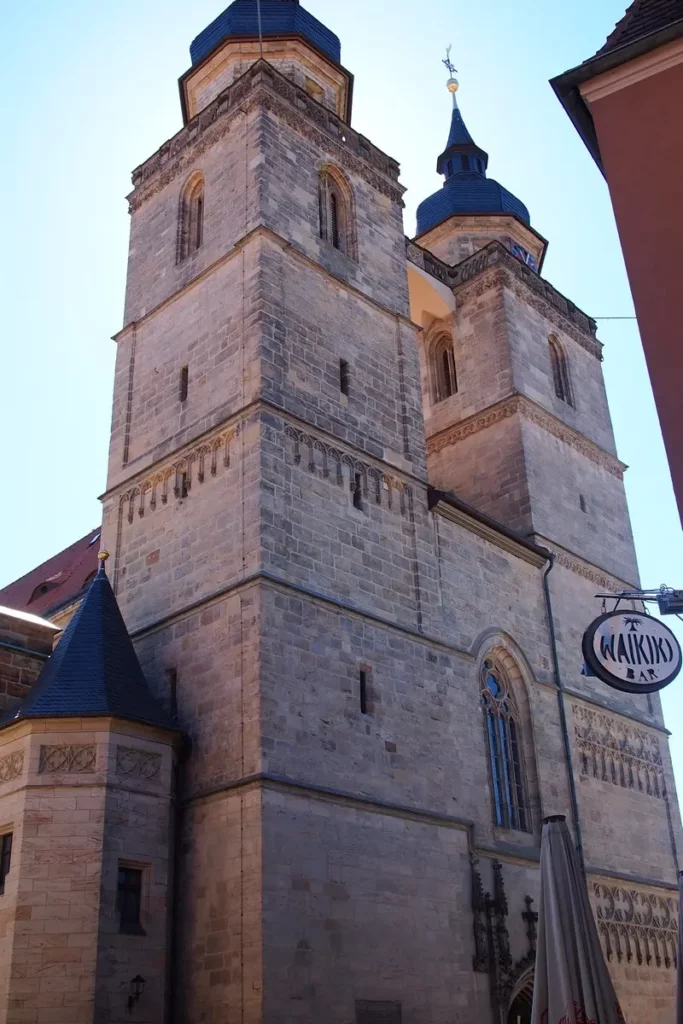

Central shopping street.

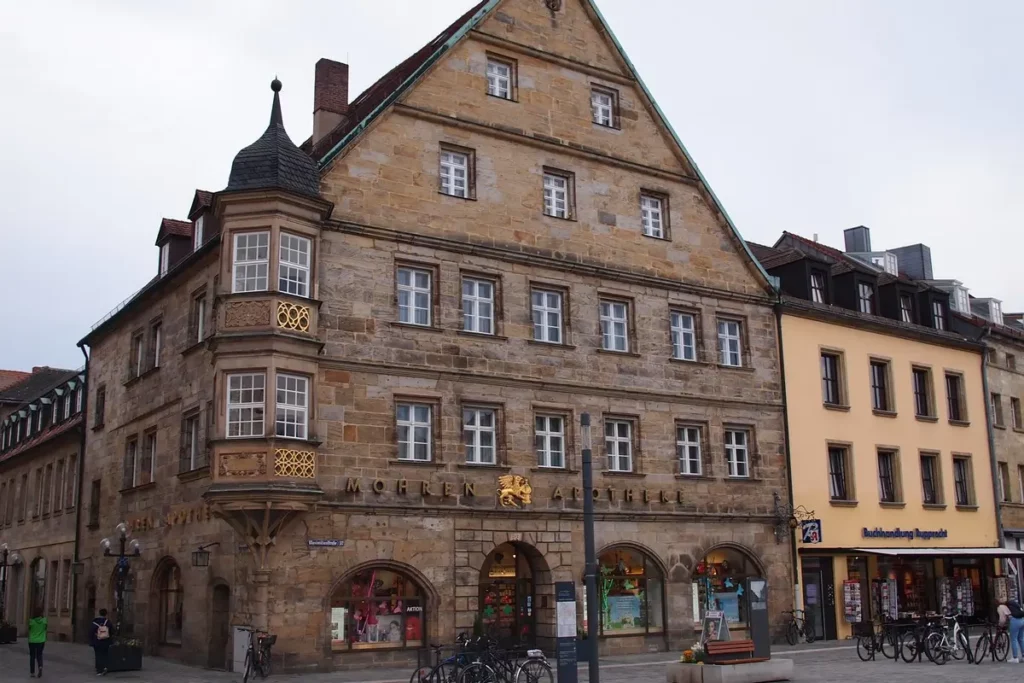
It’s not quite the center anymore. Park at the Festspielhaus – Wagner’s opera house. We first tried to get there, as I confused it with the Opera. The guide said that there is a queue for performances there for 8 years in advance.
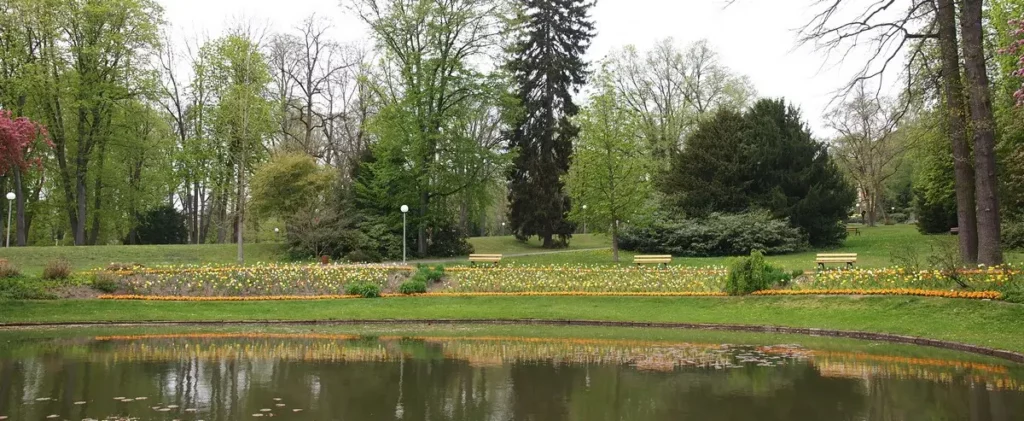
Bayreuth is generally an exceptionally green and pretty city.
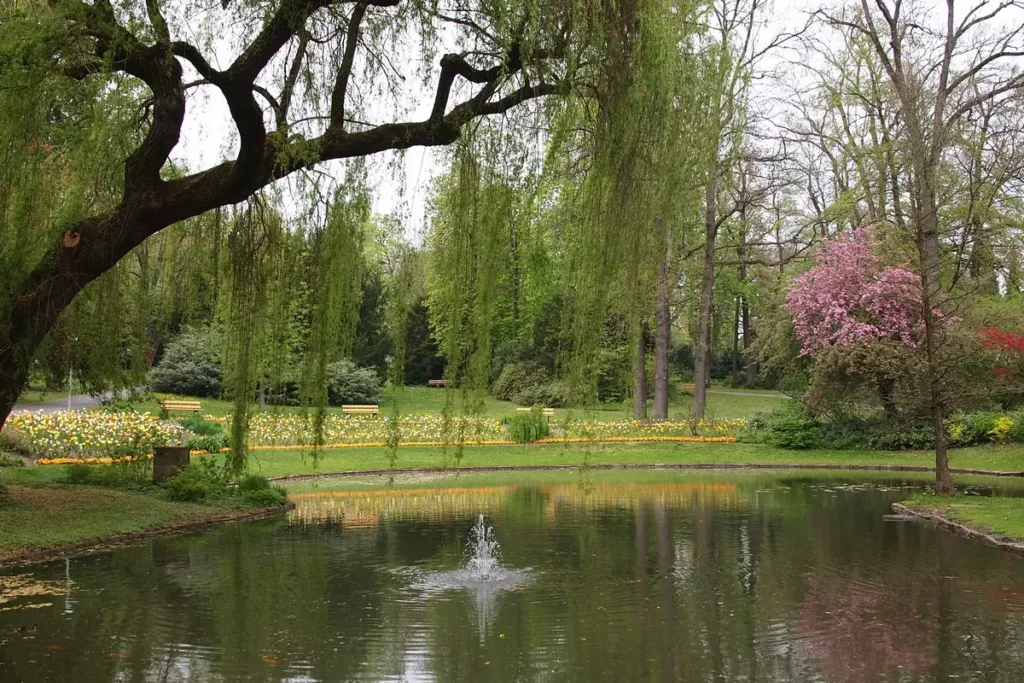
Further: part 2 about the Hermitage,
part 3 about the rocky garden
and part 4 about Franconian Switzerland and in particular about Pottenstein.
See the map for other attractions in the region.
Bayreuth an Franconian Switzerland is included in the #burgenstrasse (Castle Road).
Do you enjoy the site without cookies? This means that I work for you at my own expense.
Perhaps you would like to support my work here.
Or change your cookie settings here. I don’t use personalized ads

